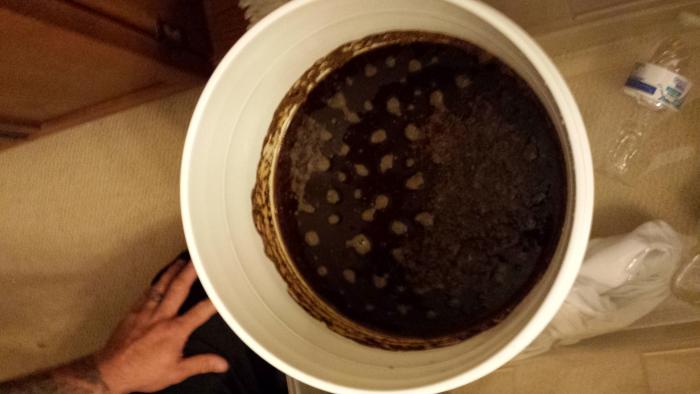SleepwalkRisk
Member
- Joined
- Aug 12, 2013
- Messages
- 9
- Reaction score
- 0
SO and I started our first brew on Sunday. We used the BB Pumpkin Spice Porter kit, as we figured a kit will be the best way for us to go for our first few tries. Everything went to plan, with exception that we forgot to check the OG. Now here's the problem...
We couldn't get the freezer chamber set up until today, so the past few days it's been sitting where we thought the temp would be fine. Unfortunately, it got up to 75 at one point, so after researching, we learned about the water bath and t-shirt. Got it down to a good 66 overnight. (BB Kit instructions say to keep it between 64-72.)
Yesterday was supposed to be hot, so we swapped out the ice bottles for a couple fresh ones. The weather ended up being cool and when he got home, it was down to 58! We removed the t-shirt and ice, got it back to 64 where it has stayed steady since, but there is little to no bubbling activity in the airlock.
Are we screwed from these fluctuations? Is this batch done-for?
We couldn't get the freezer chamber set up until today, so the past few days it's been sitting where we thought the temp would be fine. Unfortunately, it got up to 75 at one point, so after researching, we learned about the water bath and t-shirt. Got it down to a good 66 overnight. (BB Kit instructions say to keep it between 64-72.)
Yesterday was supposed to be hot, so we swapped out the ice bottles for a couple fresh ones. The weather ended up being cool and when he got home, it was down to 58! We removed the t-shirt and ice, got it back to 64 where it has stayed steady since, but there is little to no bubbling activity in the airlock.
Are we screwed from these fluctuations? Is this batch done-for?




